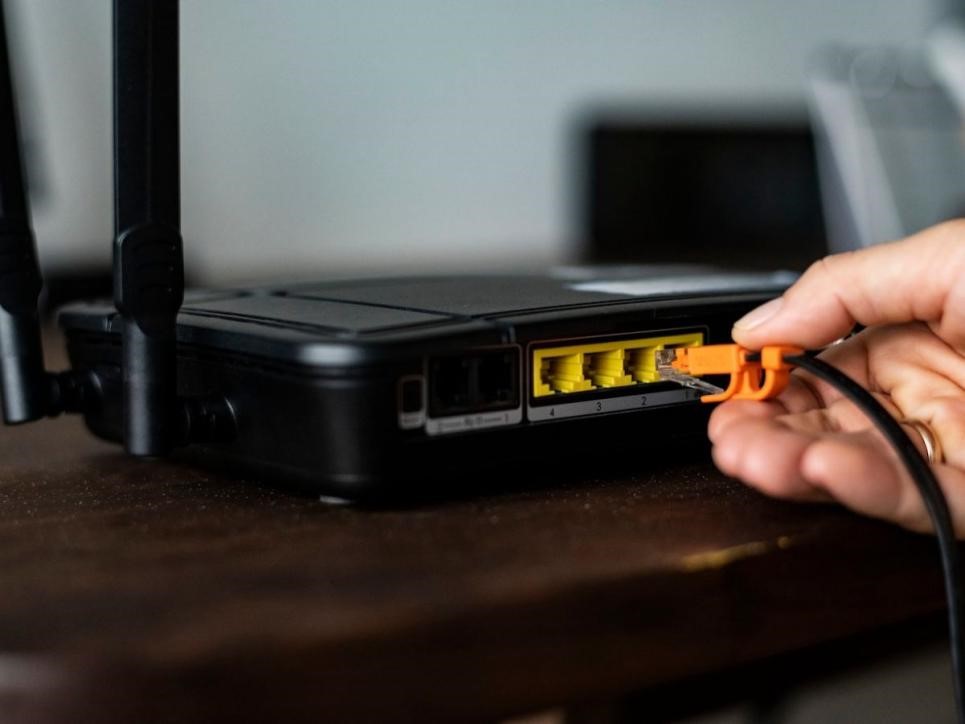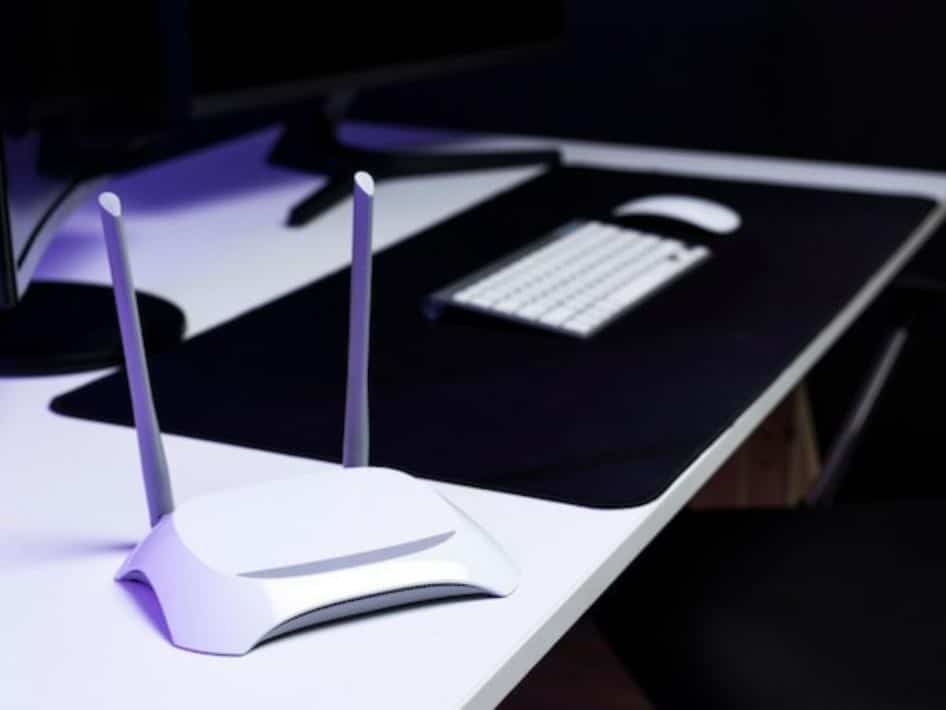The 3 Common UniFi Network System Setup Mistakes
Table of Contents
ToggleDespite what Ubiquiti Networks says, UniFi Networks systems do not run out of the box. In this post, The UniFi Nerds will break down the 3 most common UniFi Network Setup Mistakes we’ve come across in the last 10+ years in working with UniFi. UniFi Network Setup Mistakes account for 99% of the UniFi Network issues the UniFi Nerds resolve. We recently received a phone call from a warehouse-sized shared office space in Brooklyn, New York. Their UniFi Network system was physically setup, but not correctly configured or optimized. The company who installed their system (friends of the workspace owner) just 30 days ago was clueless on how to make the system work the way it was supposed to. I should add that this call for service was received on a Sunday evening. Any UniFi network professional like the UniFi Nerds could tell within 5 minutes of controller access what was wrong with the system. From incorrectly purchased and placed UniFi Network Access Points, a completely misconfigured controller, ineffective use of almost 2 entire Class-C network subnets, and ending out with almost 0 security features enabled on the controller. It was a disaster.
 A couple of quotes later, a bunch of monitoring and suggestions, end result – we didn’t get the work (we think we insulted the original installer), and that’s okay! UniFi Nerds doesn’t cut corners, and that’s what the company wanted to do. The was a saying back in the Windows 98 era, Plug and Play? I know we (most of us) remember this, right? That term sometimes gets tossed around with the UniFi Networks and their setup. It’s definitely not a plug and play system. Trust us.
Here’s the top 3 UniFi setup mistakes the UniFi Nerds has come across in the past 10 years
A couple of quotes later, a bunch of monitoring and suggestions, end result – we didn’t get the work (we think we insulted the original installer), and that’s okay! UniFi Nerds doesn’t cut corners, and that’s what the company wanted to do. The was a saying back in the Windows 98 era, Plug and Play? I know we (most of us) remember this, right? That term sometimes gets tossed around with the UniFi Networks and their setup. It’s definitely not a plug and play system. Trust us.
Here’s the top 3 UniFi setup mistakes the UniFi Nerds has come across in the past 10 years





